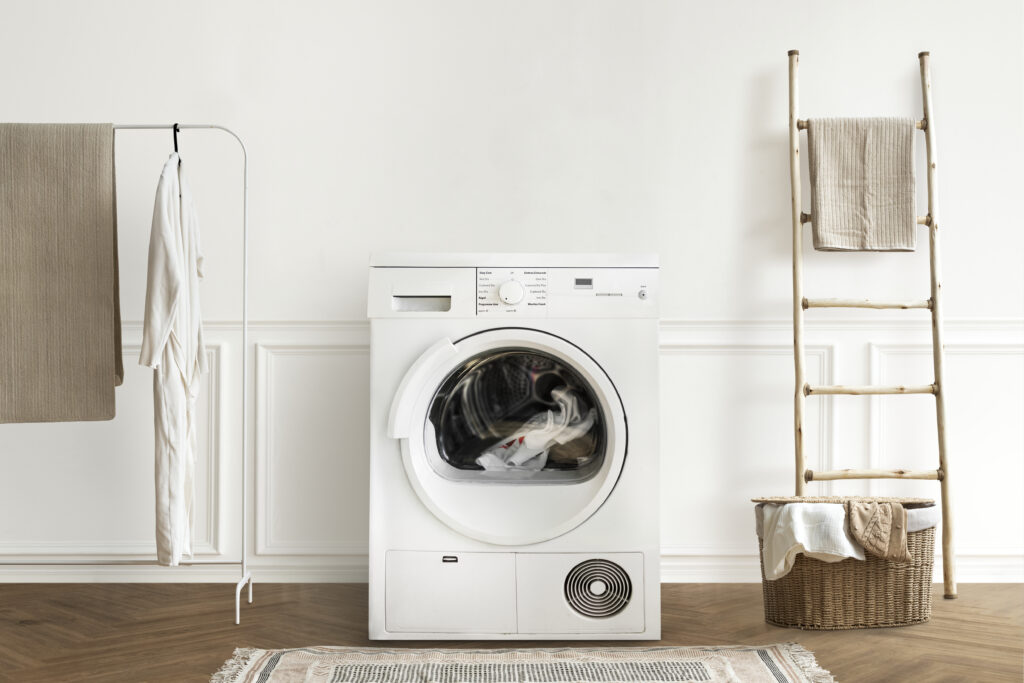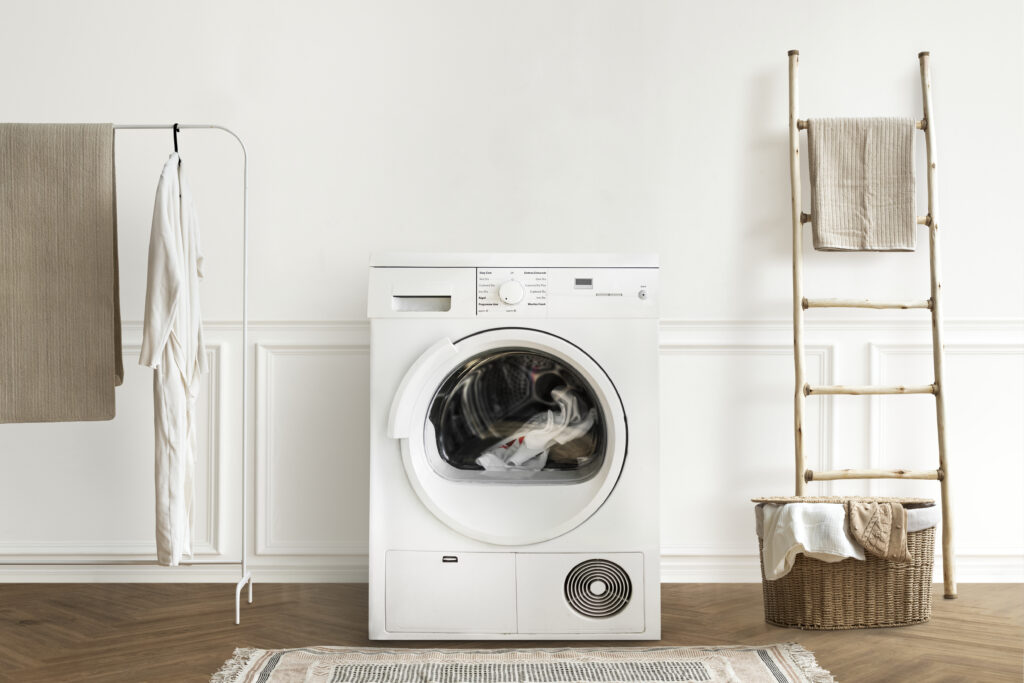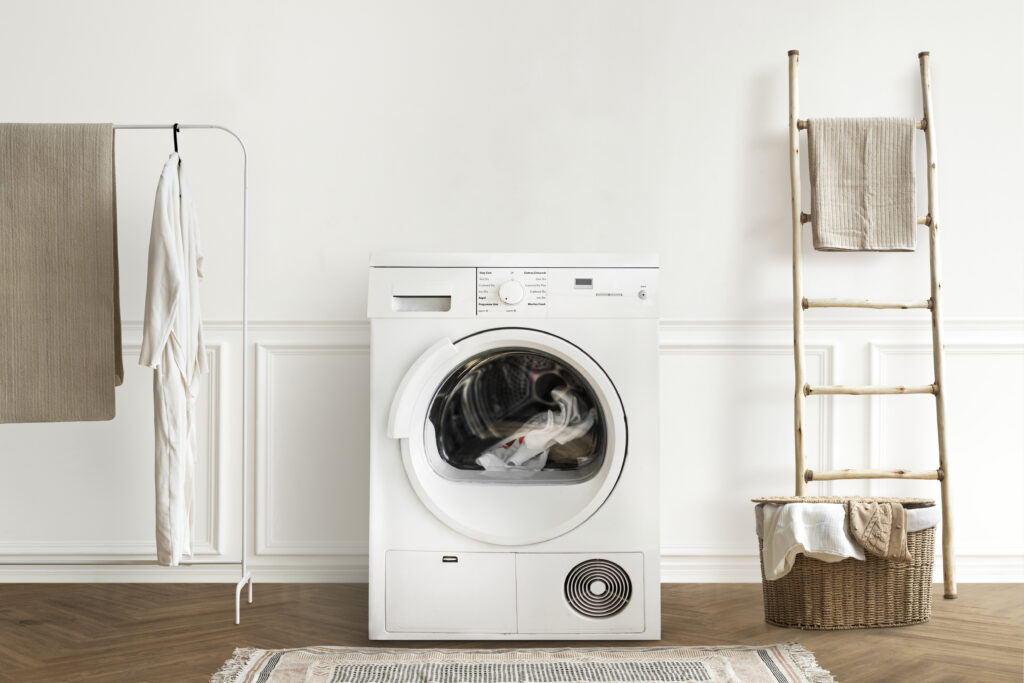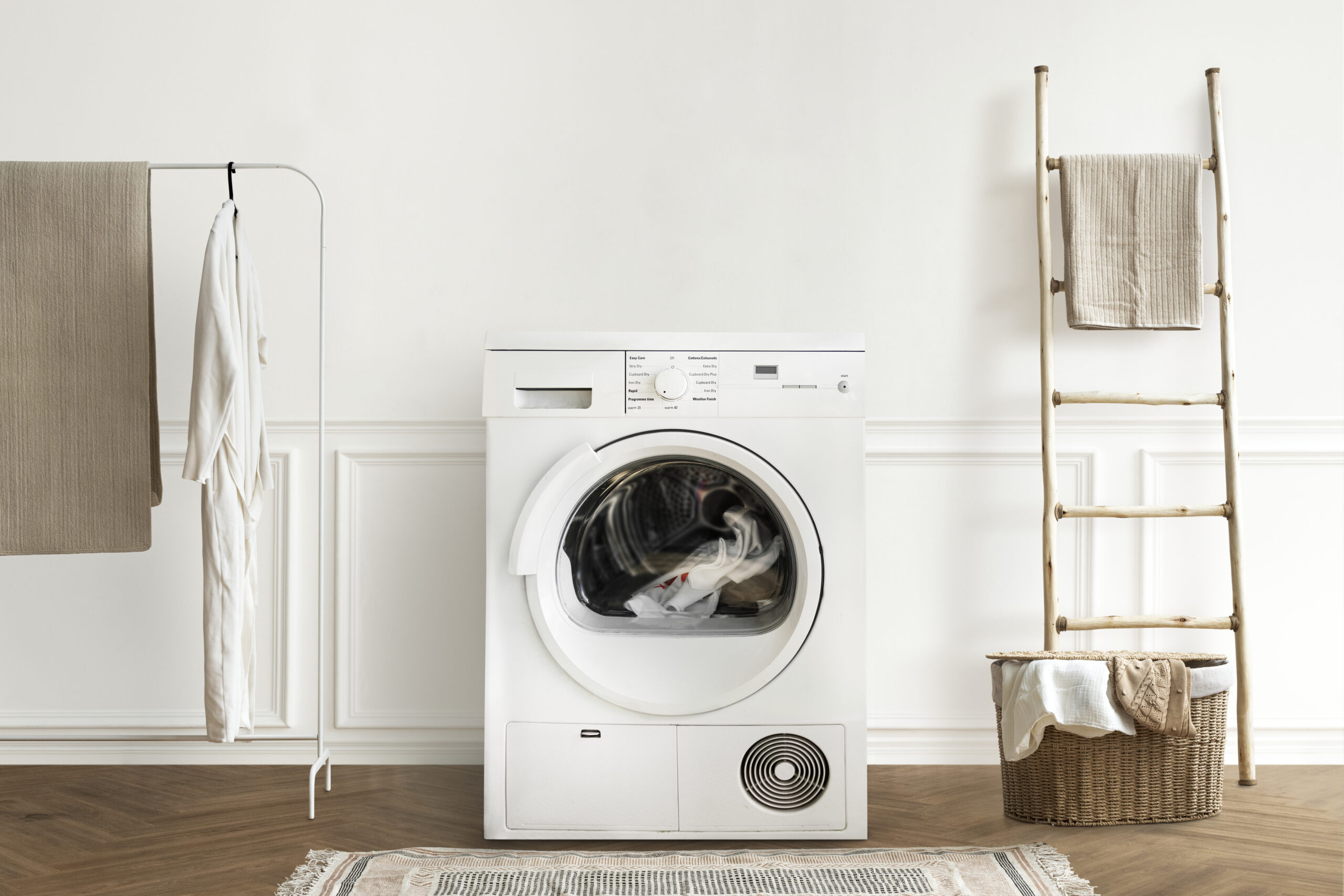Your washing machine’s drainage hose must be in good operating order. This seemingly insignificant part can cause your washer to not drain, which can result in messy floods, error codes, or worse, moldy washing, if it becomes clogged, kinked, or placed incorrectly. Everything you need to know about washing machine drain hoses in the USA is covered in this tutorial, whether you’re installing a new washer or replacing a broken hose.

A Washing Machine Drainage Hose: What Is It?
A flexible line called a washing machine drainage hose transports used water from the washer to the drain system in your house. Usually found at the rear of the machine, it connects to a floor drain, utility sink, or standpipe.
The standard size of the drain hose for washing machines
The majority of drain hoses in the US meet these requirements:
Diameter of the hose: 1 to 1¼ inches
Length: 4–10 feet, with the possibility of extension
End of connection: Suitable for 1″ to 1¼” standpipes
The majority are universal or adjustable with the appropriate adaptor, though the length and fit can differ based on the brand of washer (LG, Samsung, GE, Whirlpool, etc.).
Types of Drainage Hoses for Washing Machines
In washing machine configurations, a variety of drain hose types are utilized:
1. Adaptable Corrugated Hose
The most prevalent kind
Flexible and simple to route
Cheap
frequently arrives with the washer already mounted or packaged.
2. Hose for a Smooth Interior Drain
minimizes lint accumulation and clogs
Perfect for households with hard water
a little more costly than hoses made of corrugation
3. Kits for Extended Drain Hoses
Made for washers that are positioned distant from drains
Typically, up to twelve feet or more
requires securing and the right incline.
4. Universal Clamp-equipped Drain Hose
Suitable for a variety of washer models
includes metal or plastic clamps for a tight fit.

Where Do I Put the Drain Hose?
In a normal American home, you have three basic drainage options:
Option Summary: Benefits and Drawbacks
Vertical standpipe (at least 30 inches above the ground) Standard, tidy installation that requires adequate ventilation
Practicality Sink The hose empties into the sink or laundry tub. Simple setup; if blocked, it may overflow
Drainage on the Floor The hose goes straight to the floor drain. Easy for basements may result in backflow
Step-by-Step Instructions for Installing a Washing Machine Drain Hose
If you follow these steps, installing or replacing a drain hose is easy:
Things You’ll Need:
A new drain hose that fits and is the right length
Zip tie or hose clamp
Towel or bucket (for any remaining water)
Actions to take:
Turn off the water supply and unplug the washer.
Take out the old hose.
If the clamp is there, unscrew it using a screwdriver.
Prepare to have some water spill out.
Attach the new hose
Connect it to the washer outlet tightly
Use a clamp or the provided fastener to secure.
Connect the hose to the sink or standpipe.
Before leaning down, the hose must be at least 30 inches off the ground.
Fasten the hose.
Use a zip tie or plastic U-bracket to keep it from falling out.
Check the washer.
To make sure there are no leaks, run a rinse and drain cycle.
📝 Advice: To prevent siphoning or backflow, do not extend the hose too far or lower it too near the floor.

Typical Issues with Washing Machine Drain Hoses
1. Blockage in the Hose
Water flow might be obstructed by sludge accumulation, pet hair, trash, or lint.
Fix: Use a drain snake or disconnect the hose and rinse it with warm water.
2. Hose kinks or pinches
The hose may kink and impede water flow if the washer is pushed too near the wall.
Fix: Use stiff elbows or hose guides and move the washer.
3. Connections That Leak
Slow drips or unexpected leaks might be caused by loose hose clamps or badly placed connections.
Fix: If necessary, use plumber’s tape to establish a tight seal after replacing the clamps.
4. The hose slips out of the drain.
When the hose bursts out while draining, improper fastening may result in flooding.
Fix: Secure the hose in place with zip ties or U-bend brackets.
How to Keep the Drain Hose in Your Washing Machine in Good Condition
Drainage problems can be avoided with routine maintenance:
The frequency of tasks The Significance of It
Use warm water to flush. Every three months removes accumulation within the hose
Look for leaks or cracks. Every six months Avoids water damage behind the washing machine
Clean the filter or lint trap. Every month minimizes obstructions in the drain hose
Ascertain the appropriate height Continuous Avoids siphoning and backflow
The Best Drainage Hoses for Washing Machines to Purchase in 2025
The following are the best drain hoses available on Amazon, Home Depot, and Lowe’s:
1. 6-foot certified drain hose for appliance accessories
The corrugated design
Most washers can be fitted universally.
Including a clamp
Cost: about $12
2. Eight-foot Eastman washing machine discharge hose
robust and resistant to kinks
Smooth interior to improve flow
Cost: about $18
3. The GE Universal Drain Hose Kit
includes adapters and clamps.
Compatible with various brands, including GE
Cost: about $20
4. The 12-foot Maytag Extended Drain Hose
Perfect for basement or garage setups
Sturdy substance
Cost: about $24.
Expert Advice: Verify Compatibility Often
Be sure to:
Complement your washer outlet’s diameter.
Make sure the hose is long enough to reach your drain or standpipe.
For a secure installation, use an elbow bracket or U-hook.

Client Testimonials
For our garage washer, we swapped out our old hose for a 10-foot Eastman model. No more clogs or leaks!
Sarah M. from Denver, Colorado
It wasn’t until water began siphoning back in that I realized how crucial hose height was. Fantastic educational experience.
— James T., Georgia, Atlanta
During a last-minute installation, Amazon’s universal hose kit came to our rescue. Everything was precisely in place.
— Mark G., Arizona’s Phoenix
Concluding remarks
It’s possible that the washing machine drainage hose will go unnoticed until it becomes problematic. However, it can provide years of trouble-free operation with the correct product, installation, and occasional maintenance.
Use this guide to select the best hose, steer clear of expensive blunders, and maintain the safety and functionality of your laundry area whether you’re replacing a worn-out hose, moving your washer, or performing a new installation.

Leave a Reply